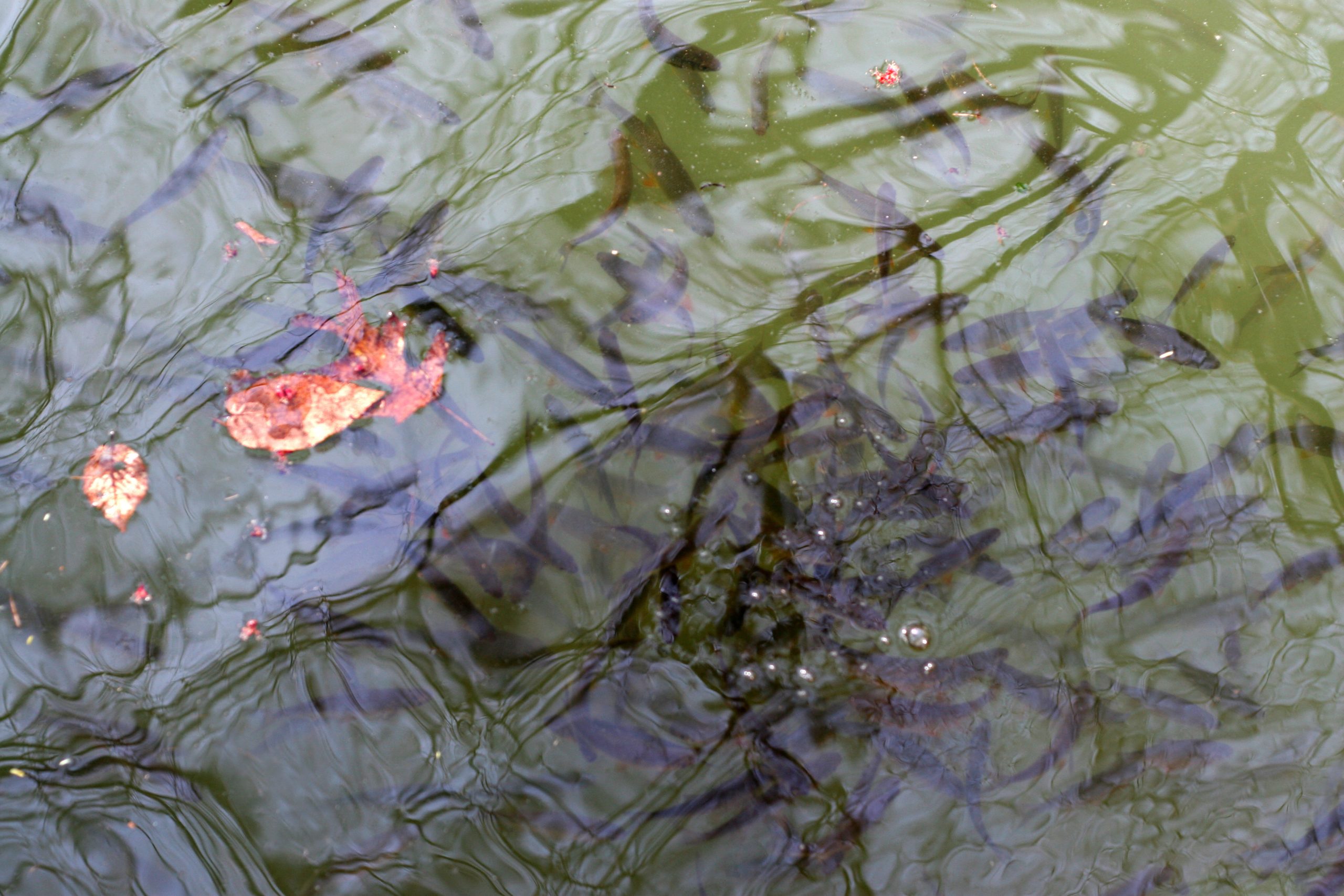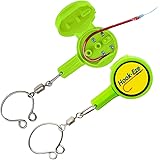Are you interested in trying out trout fishing? If yes, then this article is for you. Trout fishing can be a fun and rewarding activity that allows you to spend time outdoors while enjoying the thrill of catching your own food. In this guide, we will cover everything you need to know about trout fishing from choosing the right equipment to finding the best spots for fishing. Let’s get started!
Introduction to Trout Fishing
Trout are freshwater fish that belong to the salmon family. They are known for their beautiful colors, ranging from greenish-blue to brown with red stripes on their sides. There are several species of trout, including rainbow trout, brook trout, and brown trout. Trout are found in streams, rivers, lakes, and ponds throughout North America and other parts of the world.
Choosing the Right Equipment for Trout Fishing
To start trout fishing, you will need some basic equipment such as a rod, reel, line, hooks, bait or lures, and a net. The type of gear you choose depends on where you plan to fish and what kind of experience you have. For example, if you are new to fishing, it might be better to start with a spinning rod rather than a fly rod. A good quality rod should be lightweight, sensitive, and durable enough to handle big fish. Look for a reel that has smooth drag and can hold plenty of line. Choose a high-quality line that matches the weight of your rod and the size of the fish you want to catch. When it comes to baits and lures, there are many options available, including worms, flies, jigs, spoons, and plugs. Experiment with different types until you find something that works well for you. Finally, make sure to bring a landing net with you to help land those big fish safely.
Finding the Best Spots for Trout Fishing
One of the most important aspects of successful trout fishing is finding the right spot. Look for areas where the water is moving quickly, creating pools and eddies. These places provide oxygenated water that trout prefer. Also, look for structures like rocks, logs, and undercut banks that offer hiding places for trout. Another great place to try is near inlets and outlets of lakes, where the water flow is strongest. To find these locations, ask local anglers or consult online resources like maps and fishing reports.
How to Bait and Cast for Trout
Once you have found a promising location, it’s time to cast your line. Begin by attaching your bait or lure to the end of your line using a swivel or snap. Then, tie on a leader (a short piece of monofilament) and attach your hook at the end. Make sure your hook is sharp so that it pierces easily through the skin of the fish. Next, use an open-faced spinning reel or a baitcasting reel to cast your line into the water. Use a slow retrieve technique, allowing the bait to move naturally along the bottom of the stream or river. Be patient and wait for a strike before setting the hook firmly into the mouth of the fish. Once you feel resistance, lift your rod tip upwards to set the hook and begin fighting the fish.
Cooking Your Catch: Delicious Recipes for Trout
After a successful day of trout fishing, you may be wondering how to cook your catch. Luckily, trout is one of the easiest fish to prepare and cook. One popular method is grilling, which gives the fish a delicious smoked flavor. Simply season the fillet with salt, pepper, and garlic powder before placing it on the hot grill. Cook for around five minutes per side, depending on the thickness of the fillet. Another tasty option is pan-frying, which requires just a little bit of oil or butter in a skillet. Dredge the fillet in flour mixed with herbs and spices, then cook over medium heat until golden brown. Serve with lemon wedges and your favorite sides.

Tips and Techniques for Successful Trout Fishing
There are several tips and techniques that can improve your chances of success when trout fishing. First, pay attention to weather conditions like temperature, wind speed, and cloud cover, as they can affect the behavior of the fish. Second, experiment with different baits and lures until you find ones that work consistently for you. Third, learn how to read the water and identify potential hotspots based on structure, current, and depth. Fourth, practice proper casting technique to avoid tangles and ensure accurate placement of your bait or lure. Lastly, always respect the environment and follow responsible fishing practices like limiting your catch and properly disposing of any waste.

Common Mistakes to Avoid When Trout Fishing
As with any sport, there are common mistakes that can hinder your success when trout fishing. One mistake is not understanding the regulations and limits for the area you are fishing. Always check with the local authorities before heading out to ensure you are following all rules and guidelines. Another mistake is not being prepared with the right gear and supplies. This includes having extra lines, leaders, hooks, and weights in case of breakage or loss. Additionally, don’t forget to pack sunscreen, insect repellent, and appropriate clothing for the weather. Finally, resist the urge to keep too many fish. Take only what you need for consumption or release the rest unharmed back into the water.
The Art of Fly Fishing for Trout
For those who enjoy a more challenging form of trout fishing, fly fishing may be the answer. Unlike traditional bait or lure fishing, fly fishing involves using artificial flies made of feathers, fur, and thread to mimic natural insects. It takes skill and precision to cast and retrieve the fly accurately, but the results can be spectacular. Some popular methods include dry fly fishing, nymph fishing, and wet fly fishing. With practice, you can become proficient at reading the water and selecting the right fly pattern to match the hatch.
Trout Fishing in Different Seasons and Climates
Trout fishing can be enjoyed year-round, but the best times depend on the climate and geography of the region. During spring and early summer, trout tend to feed actively during the morning hours due to higher water temperatures. As the weather warms up, fish will seek deeper waters and cooler currents. In fall and winter, trout will migrate towards shallow streams and rivers to spawn. Depending on your location, you may also encounter different species of trout that thrive in specific environments. For example, rainbow trout prefer cold, clear mountain streams, while brown trout prefer larger rivers and lakes.
Conclusion: Getting Started with Trout Fishing
If you’re looking for a fun and exciting way to connect with nature, consider giving trout fishing a try. Whether you’re a beginner or experienced angler, there are countless opportunities to explore and discover the joys of this pastime. Remember to do your research, invest in quality equipment, and stay safe while on the water. Good luck and happy fishing!































































